Hello, guys! Happy Ukrainian Armed Forces Day!
Привіт усім! Вітаю із Днем ЗСУ!
I am in a good mood today. Despite the regular blackouts, due to which I did not have hot water and heating. Day by day our Victory is getting closer, thanks to our fearless and incredibly professional Armed Forces! And also to the volunteers, whose international day we celebrated yesterday.
Today I will share with you my recent find. In the capital of Malta, Valetta, there is a marble figure of our Cossack in St. John’s Co-Cathedral!
Сьогодні у мене хороший настрій. Незважаючи на чергові відключення світла, через які у мене не було гарячої води і опалення. День за днем наша все ближче наша Перемога, дякуючи нашим безстрашним і неймовірно професійним Збройним Силам! А також волонтерам, всесвітній день яких ми відзначали вчора.
Поділюся сьогодні з Вами моєю недавньою знахідкою. У столиці Мальти м. Валетта в соборі Святого Іоана є мармурова фігура нашого козака!
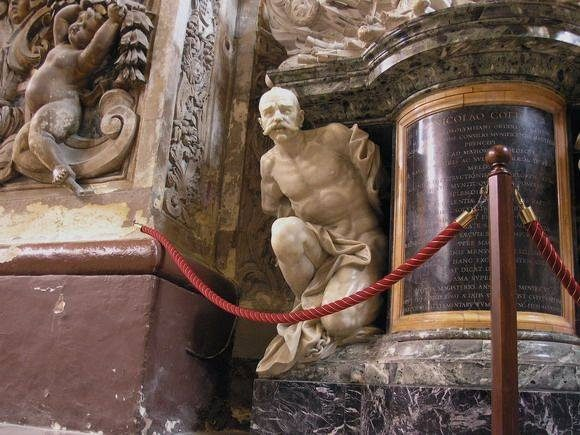
This is a sculptural composition by Domenico Guidi dedicated to the Grand Master of the Order of Malta, Niccolo Cottonero. In the upper part of the composition is his bust, and at the bottom, it is supported by two figures - a Zaporizhia Cossack and an African slave. The African symbolized submission, and the Zaporozhian was a symbol of the desire for freedom.
Це скульптурна композиція Доменіко Гвіді присвячена Великому магістру Мальтійського ордену Ніколо Котонеру. У верхній частині композиції знаходиться його бюст, а внизу його ніби підтримують дві фігури - запоріського козака та африканського невільника. Африканець символізував покору, а запорожець був символом прагнення до волі.
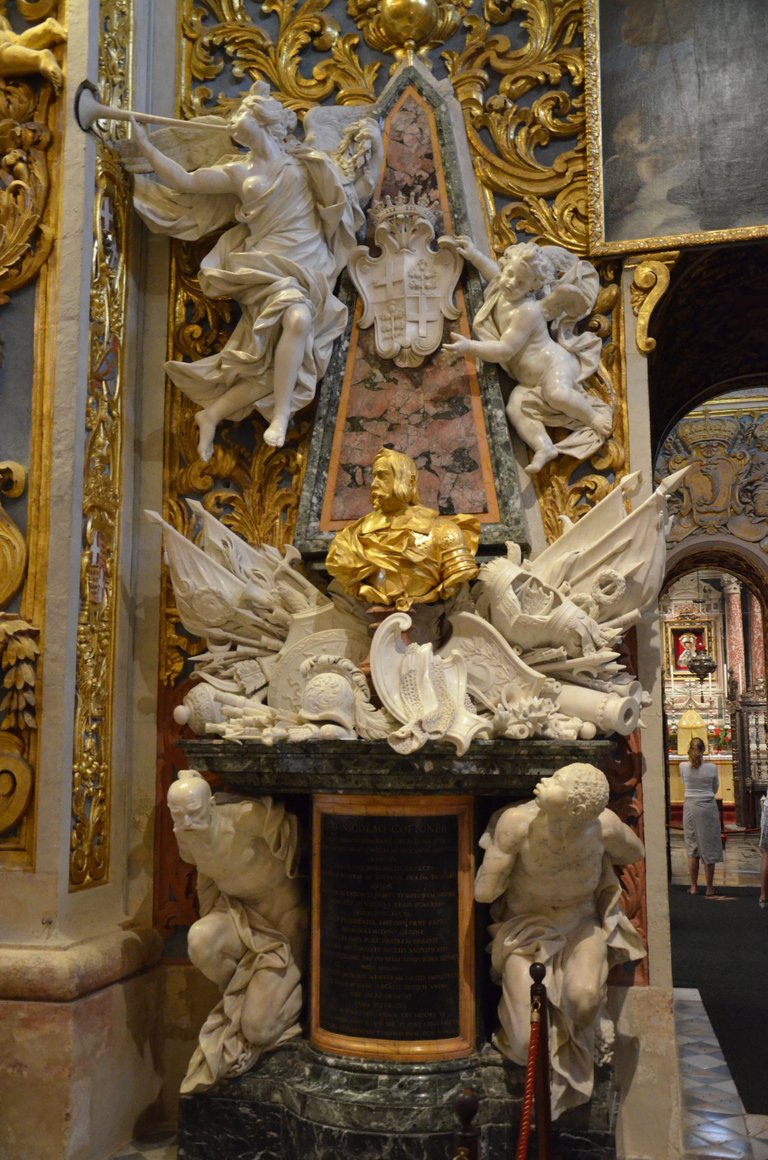
By Andrux - Own work, CC BY-SA 3.0, https://commons.wikimedia.org/w/index.php?curid=21589614
In the times of the Hetmanship, quite close ties developed between the Order of Malta and Zaporizhzhya Sich. Although the Order of Malta officially appeared on Ukrainian lands in 1609, contacts took place even earlier. Dmytro Vyshnevetskyi (Bayda), the Cossack chieftain and headman of the Cherkasy and Kanivskyi, visited the Order of Malta on the island - he studied the structure and organization of the Order. Confirmation of these contacts is the image of Maltese crosses on Cossack banners and other paraphernalia, as well as Maltese crosses carved from stone on Cossack graves. Zaporozhians came to Malta to study Maltese military art, in return, Maltese came to Zaporozhye to study Cossacks - they had something to learn from each other.
Sounds familiar, right?
У часи Гетьманщини розвивалися досить тісні зв’язки між Мальтійським орденом та Запорізькою Січчю. Хоча офіційно Мальтійський орден на українських землях з’явився 1609 року, контакти мали місце й раніше. На острові бував в гостях у Мальтійського Ордену козацький отаман, староста Черкаський і Канівський Дмитро Вишневецький (Байда) – вивчав лад та устрій Ордену. Підтвердженням цих контактів є зображення мальтійських хрестів на козацьких хоругвах та іншій атрибутиці, а також висічені з каменю мальтійські хрести на козацьких могилах. Запорожці приїздили на Мальту й вивчати мальтійське військове мистецтво, натомість мальтійці приїздили на Запоріжжя вивчати козацьке – їм було чому повчитися одне в одного.
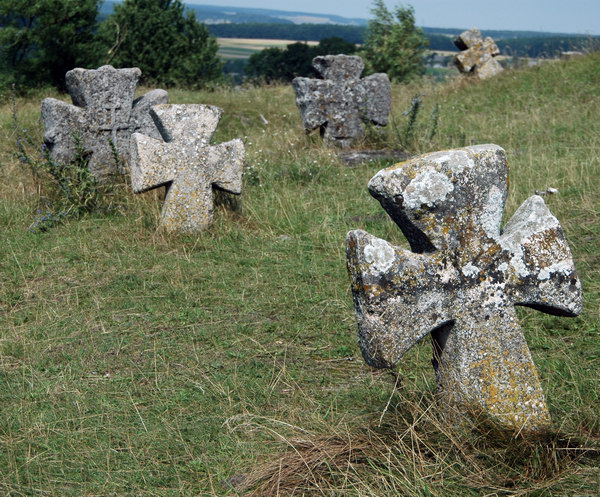
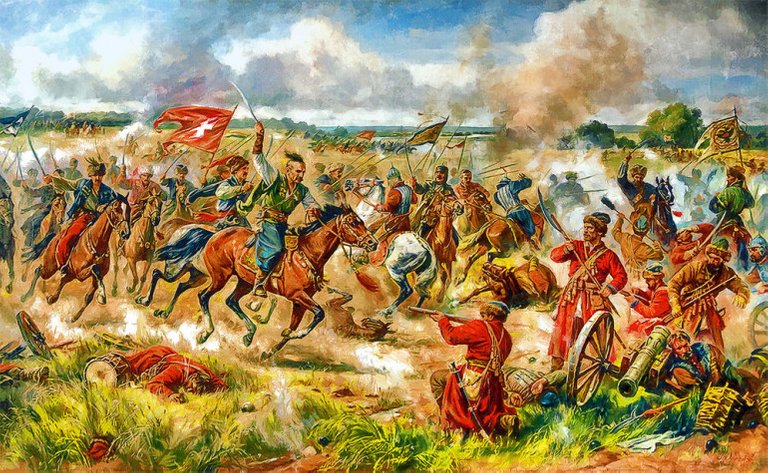
Prince Janusz Ostrozki bequeathed his estate to the Order of Malta. There are even retellings that Yuras Khmelnytskyi himself, the son of Hetman Bohdan Khmelnytskyi, is buried in Malta.
Князь Януш Острозький заповів Мальтійському Орденові свій маєток. Збереглися навіть перекази того, що на Мальті похований сам Юрась Хмельницький – син гетьмана Богдана Хмельницького.
Later, foreigners who visited Ukraine paid attention to the crosses worn by the Cossacks. These were eight-pointed crosses with their "swallow tails" at the ends, which symbolized the eight categories of the blessed from the Sermon on the Mount of Jesus Christ. The same as the Maltese.
Пізніше ж іноземці, які відвідували Україну, звертали увагу на хрестики, які носили козаки. Це були восьмикінцеві хрестики іх "хвостиками ластівки" на кінцях, які симолізували вісім категорій блаженних з Нагорної проповіді Ісуса Христа. Такі ж, як у мальтійців.
Traces of Cossacks-Zaporozhians can also be traced in the homeland of the Knights of the Order - in Jerusalem, where a chalice made of pure gold, presented by Hetman Mazepa, is still kept in the Church of the Holy Sepulchre.
Сліди козаків-запорожців простежуються і на першобатьківщині Орденського лицарства – в Єрусалимі, де у храмі Гробу Господнього й досі зберігається подарована гетьманом Мазепою чаша з чистого золота.
Запорізьке військо завжди вважало себе лицарством, а останнє завжди пов’язувалось з військово-чернечим Мальтійським орденом. Сьогодні ці давні традиції продовжують наші сучасні лицарі, якими ми дуже пишаємось!
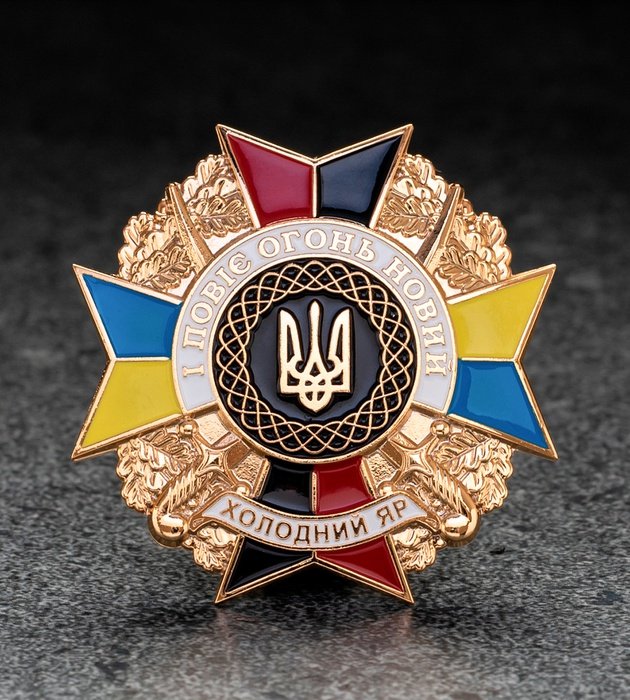
Слава Україні!